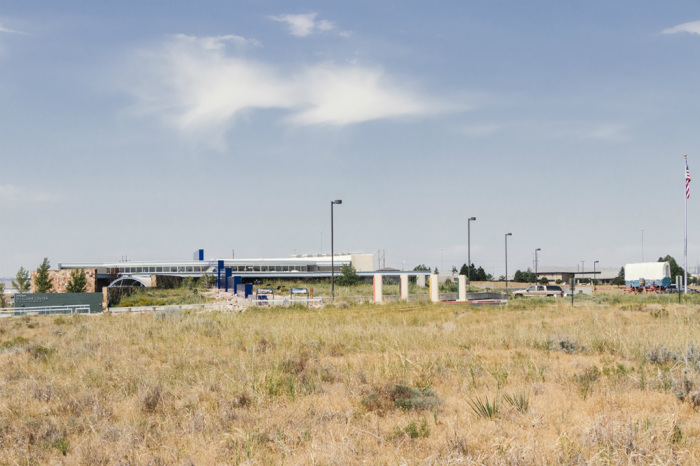In Casper, remnants of the old Oregon Trail await

One of the most important chapters in American history comes into focus in Wyoming’s second-largest city.
From its earliest use in 1841 until 1869, when the transcontinental railroad was completed, over 500,000 westward-bound pioneers, including many immigrants and Christian missionaries, journeyed along the Oregon Trail by wagon and horseback to begin a new life in the American West. The trip took at least 140 days and spanned nearly 2,200 miles of rugged land.
Along the way they passed through the states of Missouri, Kansas, Nebraska, Wyoming and Idaho before reaching Oregon, which in the earliest years was disputed territory with Britain. Offshoots included the Mormon Trail, which was traveled by Brigham Young and adherents of the Church of Jesus Christ of Latter-day Saints to settle Utah. Even the short-lived Pony Express routed through these parts.
Casper is home to the National Historic Trails Interpretive Center, an excellent museum that also happens to have free visitor admission. Everyone from history buffs to the road tripper with only a passing interest in the subject will find the exhibits informative since this history is seldom taught in schools today.
The story of the trail continues at Fort Caspar, which stands at what was once a strategic crossing point along the North Platte River. The reconstructed fort resembles how the fortification would have looked in the early 1860s before trail journeys were supplanted by the railroad.

About 90 minutes away in Guernsey is the Oregon Trail Ruts State Historic Site, where deep ruts carved into the rocky landscape by the wagons that carried the pioneers remain visible today. The well-preserved ruts are remarkable and, frankly, every bit as impressive as the ancient Roman roads one can find throughout parts of Europe.
Nearby is Register Cliff, another state historic site. As its name might suggest, here one finds inscriptions left behind by 19th century travelers. Closer to Casper is Independence Rock, one of the trail’s most important landmarks. Pioneer-era graffiti can also be seen here.
Obviously, the Oregon Trail encompasses far more than Casper and its environs. However, the significant number of landmarks located within driving distance make this place perfect for a history-filled getaway.
Where to stay and eat
Consider staying at the Holiday Inn or Courtyard Casper. Both are conveniently located off Interstate 25.
For the full trail experience try a wagonside lunch or dinner with Historic Trails West, which also offer some interesting overnight and even week-long packages. Modern restaurant alternatives include Branding Iron and Racca’s Pizzeria Napoletana.
How to get there
Casper/Natrona County International Airport is served by Delta and United. There are more flights in and out of Denver, a four-hour drive away.
Spires and Crosses, a travel column exclusive to The Christian Post, is published every week. Follow @dennislennox on Twitter and Instagram.
Dennis Lennox writes about travel, politics and religious affairs. He has been published in the Financial Times, Independent, The Detroit News, Toronto Sun and other publications. Follow @dennislennox on Twitter.





























